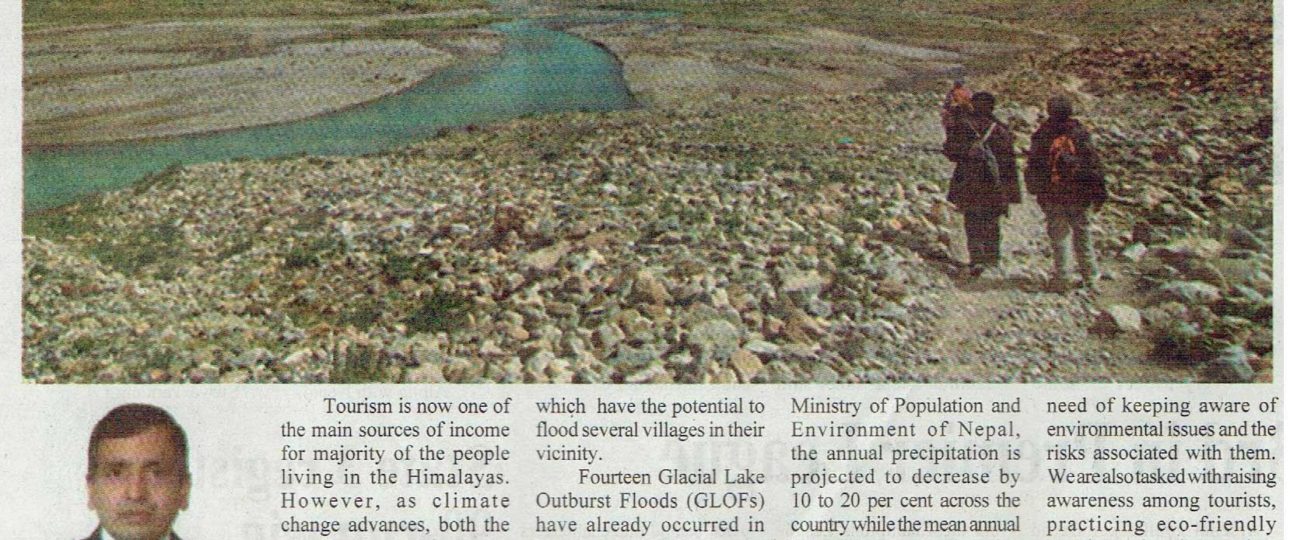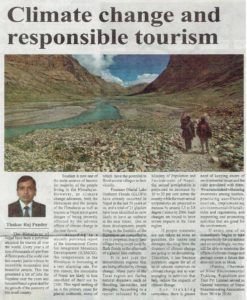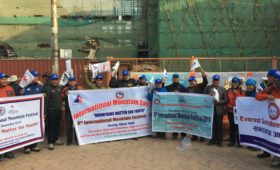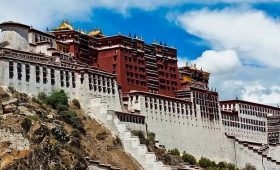Article Published on Rising Nepal on 3 April 2019.
The Himalayas of Nepal have been a perennial attraction for tourists all over the world. Every year millions of people from different parts of the world visit this country just to witness its incredible mountains and beautiful people. This has generated a lot of jobs for Nepalese over the years and has contributed a great deal for the growth of the economy of this small country. Tourism is now one of the main sources of income for majority of the people living in the Himalayas. But, as climate change advances, both the Himalayas and the people of the Himalayas as well as tourism in Nepal are in grave danger of being severely affected in the near future by the adverse effects of climate change in the near future.
According to a recently published report by International Centre for Integrated Mountain Development (ICIMOD), the temperature in the Himalaya is increasing at a very alarming rate and, due to this reason, the mountains there are likely to lose one-third of their ice by 2100. This rapid melting of ice is the primary cause for glacial outbursts, some of which have the potential to flood several villages in their vicinity. Fourteen Glacial Lake Outburst Floods (GLOFs) have already occurred in Nepal in the last 50 years or so, and a total of 21 glaciers have been identified as most likely to have an outburst in the near future. Due to these reasons, the people living in the foothills of the Himalaya live in perpetual fear of their villages being wiped out by a glacier outburst. It is not just the mountainous regions that are being affected by climate change. Many parts of Terai region are facing natural disasters such as flooding, landslides, and drought. According to a report drafted by the Ministry of Population and Environment of Nepal, the annual precipitation reduction is projected to be decreased by around 10 to 20 per cent across the country while the mean annual temperatures are projected to increase by around 1.3-3.8 degree celsius by 2060. Such changes are bound to have severe impacts in the Terai region.
If proper measures are not taken as soon as possible, the loss resulting from the disasters of climate change can be incalculable and irreversible. Therefore, it has become extremely urgent for all of us to educate ourselves on climate change and to start engaging in activities that help reduce the impacts of climate change. For trekking companies, this means being aware of environmental issues and raising awareness among tourists, practicing eco-friendly tourism, implementing environmental-friendly rules and regulations, and supporting and promoting activities that are good for the environment. If all of us immediately begin to take responsibility for our actions and act accordingly, we may still be able to minimize the effects of climate change and perhaps create a future that does not look so bleak.
Thakur Raj Pandey
Chairperson
First Environmental Trekking






